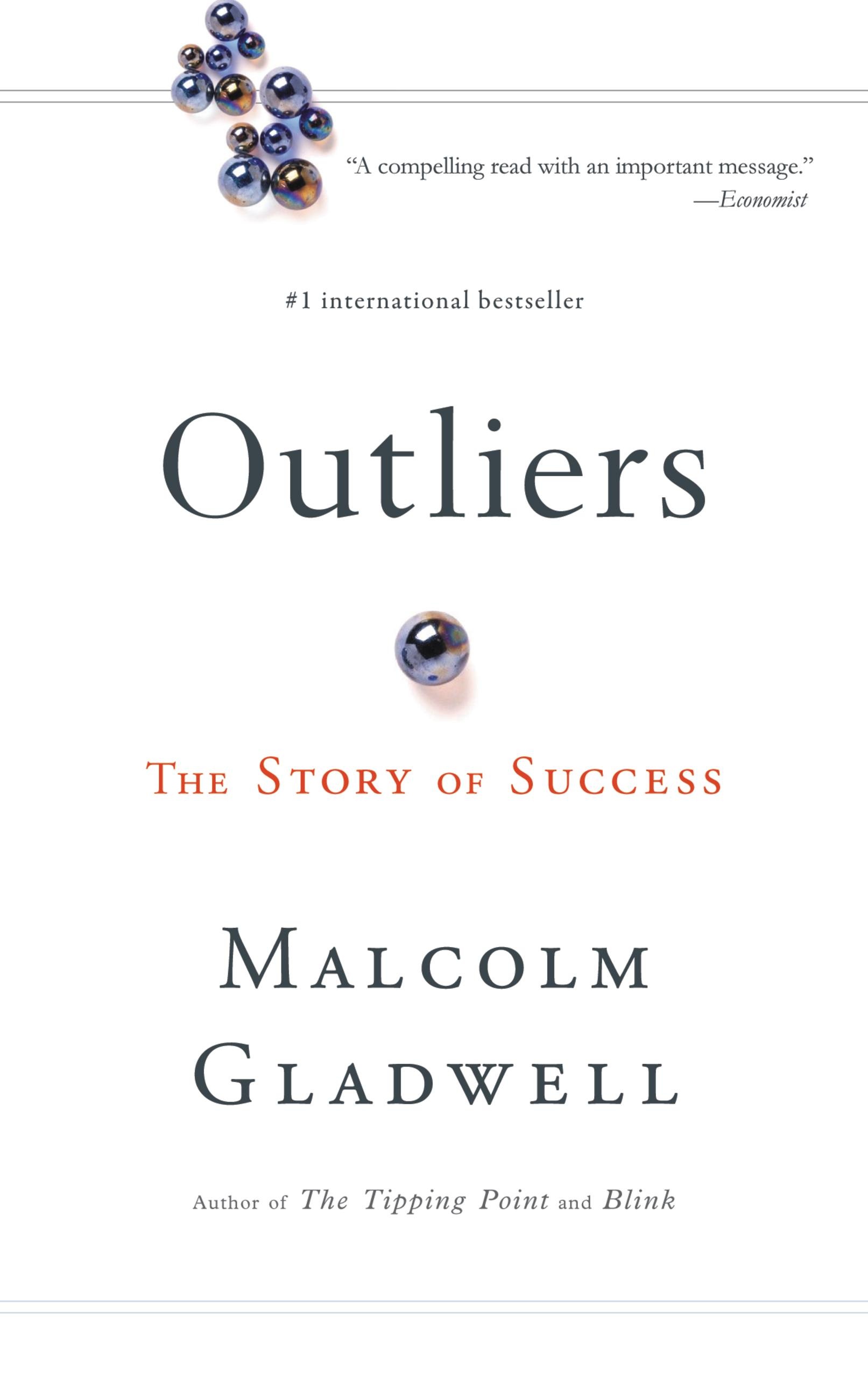
It begins by discussing the people of the remote village of Roseto, PA, and their extraordinary healthiness. They tended to die of old age, rather than ravaged by the diseases that plague the rest of us. When studied, the researchers concluded that the sense of community amongst them - transferred from the Old Country in Italy - created an amazing wellness. No diet, or exercise, or anything else could explain it.
Later, Gladwell discusses the idea that those who succeed have had the opportunity to practice their passion, and poses that 10,000 hours of practice is a threshold at which success can happen. He gives an example of how The Beatles were given an opportunity to play in Hamburg, Germany, and were expected to perform 8 hours per day, versus other bands back home who were lucky to play a 1 hour set. Also, the example of Bill Gates who, as a high school student in the 1970s, had access to a computer at school and the University of Washington where he could write programs for hours each day, when others had no access to computers at all. The result was thousands of hours of practice, all because a fortuitous opportunity came his way.
In another study, the author discusses plane crashes, and a string of Korean Air crashes that seemed inexplicable. The result of the study was that, in cultures where challenging one's superiors is taboo, a co-pilot or other cockpit crew member was unwilling to speak up if the plane captain was making a mistake. This behavior turns out to be the cause of a large percentage of crashes. It is an example of one's culture leading to success or failure. In another example, Gladwell explains rice-growing in East Asia, which requires a 360-day work year, leading to a culture of hard work and persistence (versus other forms of agriculture with spring planting, autumn harvesting, and relative idleness in between). The rice culture has thus led to Asian's education and professional success in modern times.
This book provides fascinating insight into human behavior and how place, culture, and circumstance play a huge role in the outcomes. It is well worth reading and may help any individuals understand how they got where they are, for better or worse.